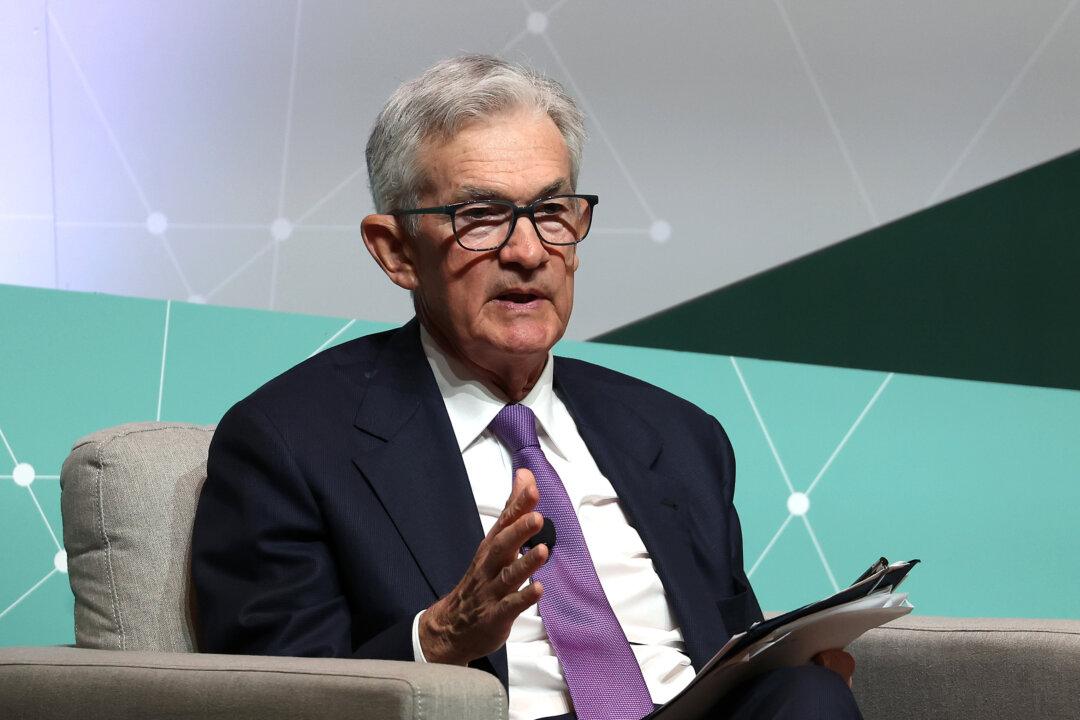Federal Reserve officials admitted that the latest inflation data have not increased their confidence that inflation is traveling sustainably down to the central bank’s 2 percent target, according to Fed minutes.
Participants at the March Federal Open Market Committee policy meeting agreed about the uncertainty surrounding the persistence of high inflation. While there was debate over whether these were bumps in the road or something more, some officials alluded to how broad-based the latest uptick in inflation has been “and should not be discounted as merely statistics aberrations.”





